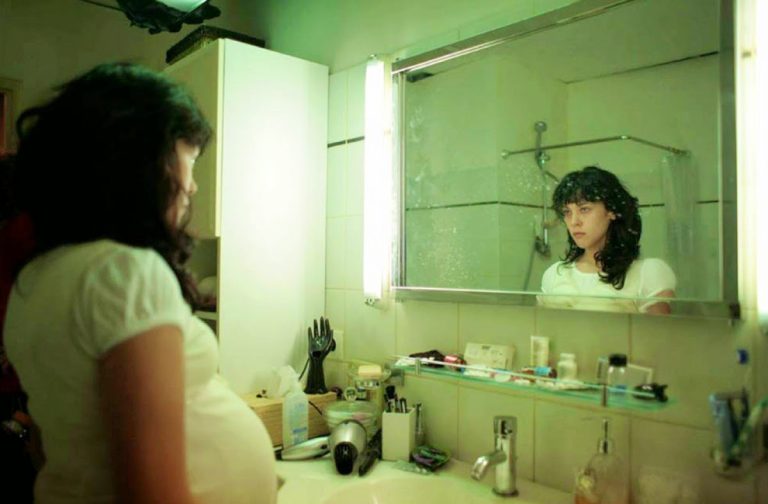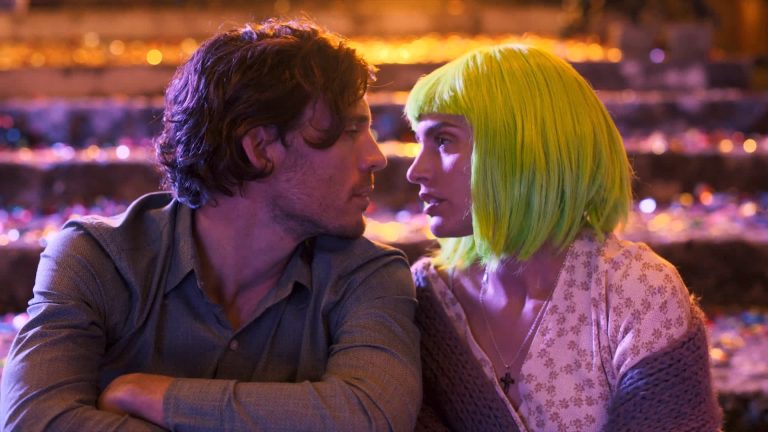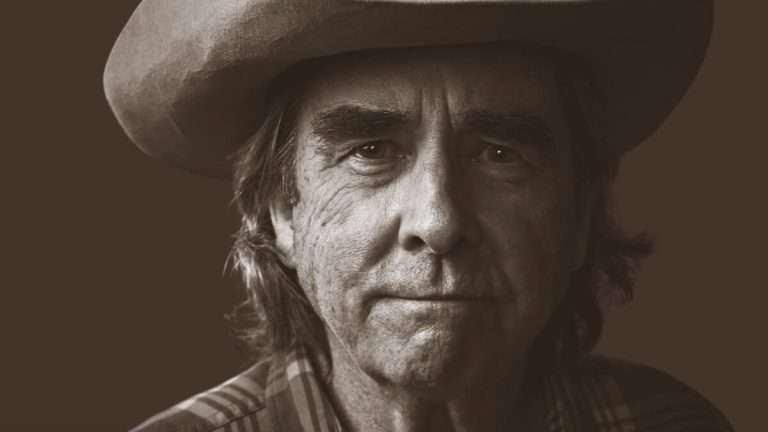Ronan Day-Lewis’s “Anemone” follows a middle-aged man who has been away from public life for a long time. Coincidentally, it also describes Daniel Day-Lewis, the actor who plays this solitary hermit in voluntary confinement in the woods. The script introduces him as a hard-boiled man deliberately living in the middle of nowhere, where he won’t be discovered or scrutinized. The film turns him into an enigmatic puzzle, inviting us to figure out why he doesn’t want to be perceived by anyone. With that threat, it becomes another drama about a broken man shielding himself from feeling anything. Still, there’s more to this film than a tragic depiction of a man’s trauma.
The film initially offers a glimpse into its historical subtext through a drawing, stylistically similar to the one that appears in Ryan Coogler’s “Sinners.” In both cases, they offer context to their characters’ cultural histories, as the films reveal how these correspond with these individuals in particular. Despite that added layer, “Anemone” is, first and foremost, a story about fathers and sons, written by a father and a son. Sir Daniel’s son, Ronan, brings his father out of his acting hiatus by directing this film, which they co-wrote.
In this feature debut, Ronan reveals what he is capable of, summoning hyperreal imagery with a piercing sonic backdrop, with soundtracks from Black Sabbath, Have a Nice Life, and the frequent Ari Aster collaborator, Bobby Krlic. The result feels like an emotional plea for rejuvenation for anyone living under the burden of their pasts to relieve themselves of its debilitating pain. Simultaneously, it offers another chance to see a master of his craft at work after almost a decade.
Spoilers Ahead
Anemone (2025) Plot Summary & Movie Synopsis:
“Anemone” is about two brothers trying to reconnect after growing apart for nearly two decades. They discuss parts of their history and their fraught relationships as fathers and sons.
What happens in Ronan Day-Lewis’s Anemone?
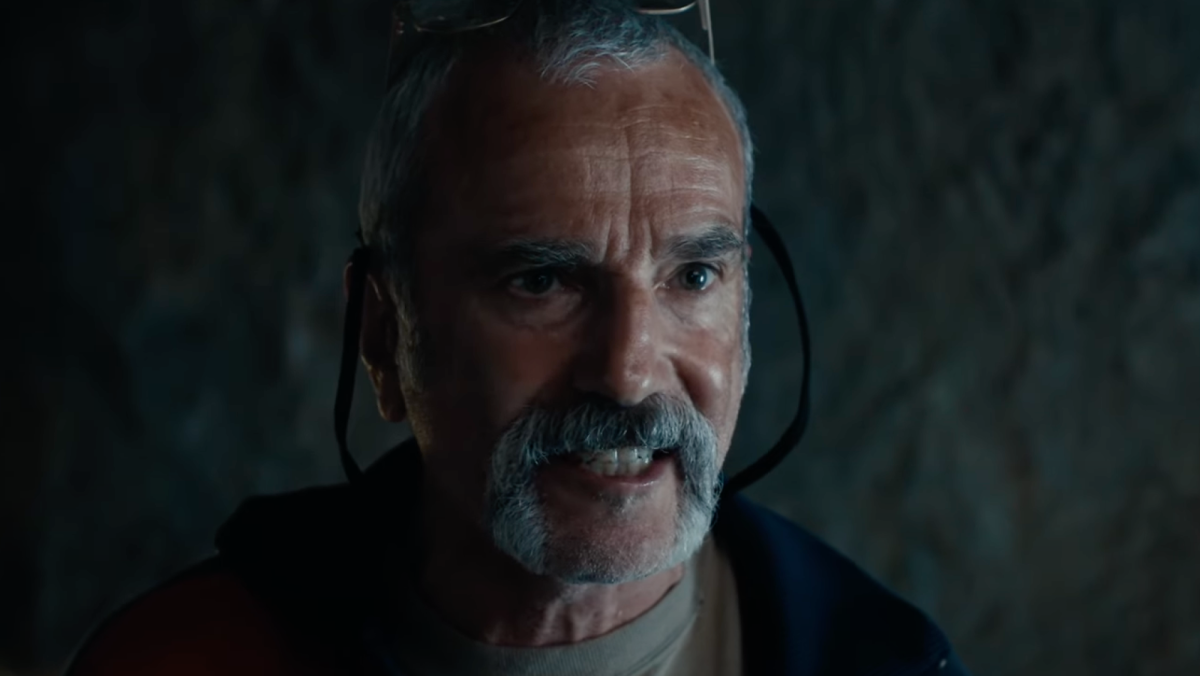
Ronan Day-Lewis’s film can roughly be divided into two parts based on how he presents Daniel Day-Lewis’s character, Ray. In the first part, Ray appears as a reprehensible figure with whom you wouldn’t want to spend even a minute, while the latter makes us sympathize with the same monster.
Initially, we meet Jem (Sean Bean), a middle-aged man, living with his wife, Nessa (Samantha Morton), and their son, Brian (Samuel Bottomley). It soon becomes clear that Brian is not Jem’s son but Ray and Nessa’s. Brian recently had an emotional episode, where he beat someone almost to death. It concerned Nessa, who had seen flashes of similarly violent behavior in Ray.
Brian grew up hearing about Ray’s reputation as a violent murderer. So, despite a seemingly healthy childhood with Jem and Nessa, he never grew out of the darkness Ray unwittingly bestowed upon him.
It led to his recent act, where violence seemed like the most obvious thing to him. That shook Jem, which is why he decides to meet Ray. He wants Ray to talk some sense into Brian, or maybe he just wants Ray to be a father as he should have been. In that hope, he hops on his motorcycle and rides to a remote location in the wild. He follows some coordinates to find Ray’s home. Upon meeting, they exchange glances and barely speak, yet they understand all there is to know.
It’s as if these brothers have some special language of their own. Maybe all brothers do. Their silences, and the comfort or discomfort with those silences, reveal plenty about the kind of relationship they had before drifting apart. Yet, it doesn’t reveal why exactly Ray left his home or why he decided to stay away from his own family for over twenty years. Jem tries his best to make Ray reveal the reason or make him return, but the more he tries, the harder it gets. Ray hides his shame and regret under his rage-fueled bravado. Back home, his absence and the mystery surrounding his prolonged absence haunt Brian.
Why did Ray leave his family?
Ray had a difficult childhood and early adulthood, which he recounts during his conversation with Jem. He shares awful details about his more recent encounter with a priest, who took advantage of him as a child. Ray seethes with anger not only for what happened to him, but because he suffered in silence. Life passed by without people realizing his pain or without the priest getting exposed for his crimes. As he shares his frustration, Jem doesn’t understand how to react. Ray’s monologue also does not reveal the reason behind his departure.
Also Read: Anemone (2025) Movie Review: A Promising Debut Is Electrified By A Magnificent Lead Performance
Did Ray leave simply because he was a vile man who was done with the social niceties, or is there something more to his guilt and trauma? Jem learns the truth over the course of his stay. Until then, Jem knew that Ray had killed a man and assumed that it made Ray want to abandon the material world. Upon meeting, he realizes that Ray killed a man who was going through insufferable pain. In the past, during The Troubles in Northern Ireland, Ray was part of a surveillance unit. After a sudden bomb blast, he got confused about how to act. In that moment of confusion, he noticed a young man, barely 16 or 17, who had lost his limbs.
Ray killed the man, believing it to be a saner act in that moment, but it was a war crime. At the time, Ray’s superior buried that case, but the reputation as a murderer stuck with him. The incident left Ray with mounting shame, which led to his social paralysis. Until then, his self-worth was tied to his identity as a military man, but the murder took that away from him. He could never return to that life. So, his pride led him to become a recluse, as he buried his emotions and stayed where no one would bother, let alone question his actions.
Anemone (2025) Movie Ending Explained:
Does Ray return home to Brian?
The film ends by showing Ray returning home to be with Brian, but it happens only after he heals a part of himself through an open dialogue with Jem. Jem asks Ray about all the letters Nessa sent him, reminding him that people still think of and care for him. He also reveals how Ray’s flaws are seemingly being passed down to the next generation, as Brian is becoming a violent recluse. Brian suffers from Ray’s absence, much like how Ray suffered from his father’s silence. Unlike Brian, Ray’s father was around him in his formative years, but judging by Ray’s monologue, he never comforted or consoled his children when needed. So, even Ray felt his father’s glaring absence.
Ray’s father was also violent, so Ray’s return home to Brian serves as him breaking a generational curse. At the same time, his return means something significant for him and Jem. While in the woods, he has a heart-to-heart dialogue with Jem. He shares the ugliest parts of his past, the ones that he is deeply ashamed of, but he also fondly remembers parts where he felt proud of Jem. Throughout this stay, Jem doesn’t back down from his urge to know the facts beyond rumors and to compel Ray to turn a new leaf in his life. So, Ray finally recalls the tragic details about his victim.
It feels like a burden off his chest, but he still needs a nudge to return home. That night, he sees a camel-like creature with fluorescent innards, but with a man’s face and penis. The strangeness hardly registers since the luminous creature vaguely reminds him of Brian. That’s only half of it. The next day, a hailstorm appears in the forest as well as around Jem and Nessa’s home. After the storm subsides, Ray sees a big, wounded fish, more than twice his size, floating over a lake. It all seemingly plays a part in Ray wanting to return home.
What does the hailstorm represent?
The hailstorm that appears toward the end of “Anemone” offers an emotionally charged moment in Ray’s path to healing. So, it may or may not represent any specific incident in his past, but its emotional effect is akin to a cleansing moment in one’s life. The storm arrives out of nowhere and appears both where he and his son live. So, it serves as an emotional bridge between the two, which is what the film is primarily about. The sheer absurdity of its appearance reminded me of the frog rain scene in the climax of Paul Thomas Anderson’s “Magnolia.” While the core subtext in both scenes is not the same, they both feel similarly transformative for their characters.
It also ties back to the film’s title, which refers to a flower that closes its petals when the storm approaches. So, the storm toward the film’s end offers a symbolic chance for Ray to open himself up, after being closed in on himself for several years, holding on to unbearable shame and guilt. Whether the rain, the luminous creature, the fish, or a female figure floating near his bed, they all represent something in his journey. The woman, presumably Nessa, might represent his yearning, while the wounded fish may be his past, wounded self that he is leaving behind. All these motifs invite interpretation that may differ from person to person.
Anemone (2025) Movie Themes Analyzed:
Brotherhood, Faith, and Absent Fathers
“Anemone” is introduced as a drama about two brothers trying to mend their fraught relationship, yet, over time, it becomes a contemplation on fatherhood and family bonds. The script emphasizes emotional details over factual ones, with the former paving the way for the latter to reveal themselves.
Much of it is about the past looming over their present. While Jem and Ray grew apart, Jem grew out of his youthful proclivity to vandalism, while Ray couldn’t get over the emotional residue of those years. It led one to be a responsible father figure, and the other to stay absent from those duties. The traumas inflicted by faith-based institutions steered one to be a stoic nihilist, while the other remained loyal to his faith.

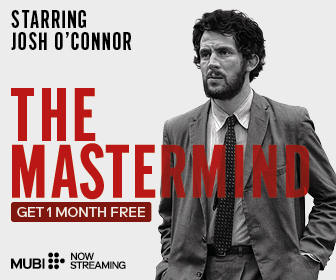
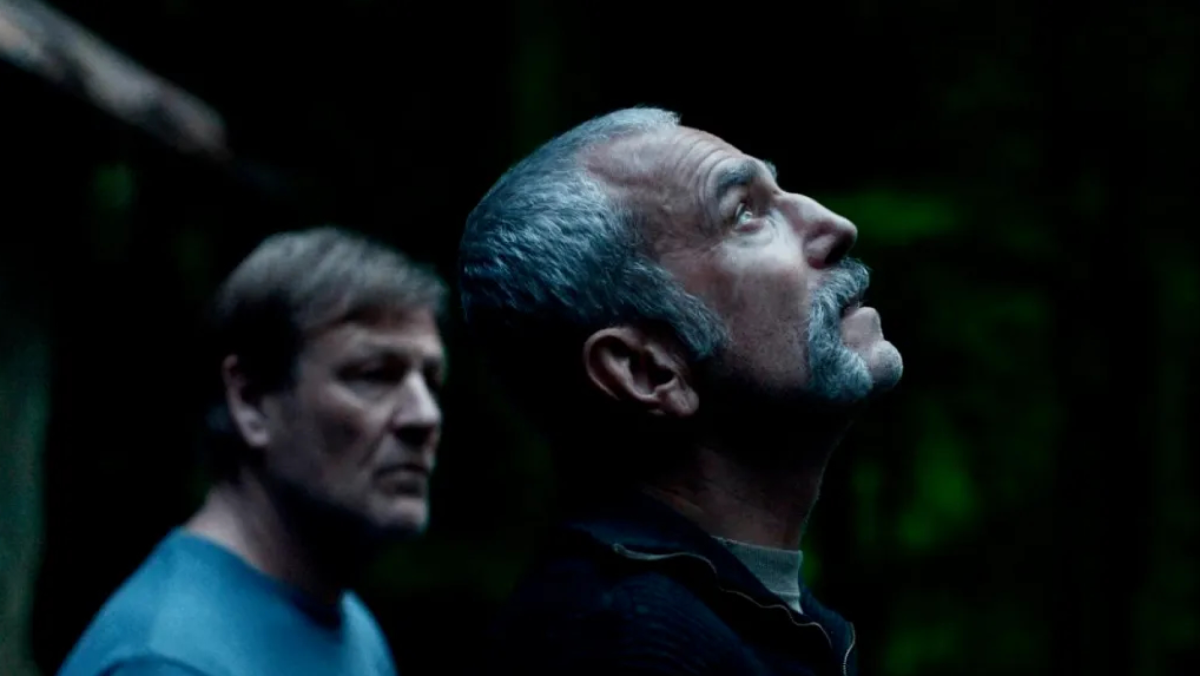


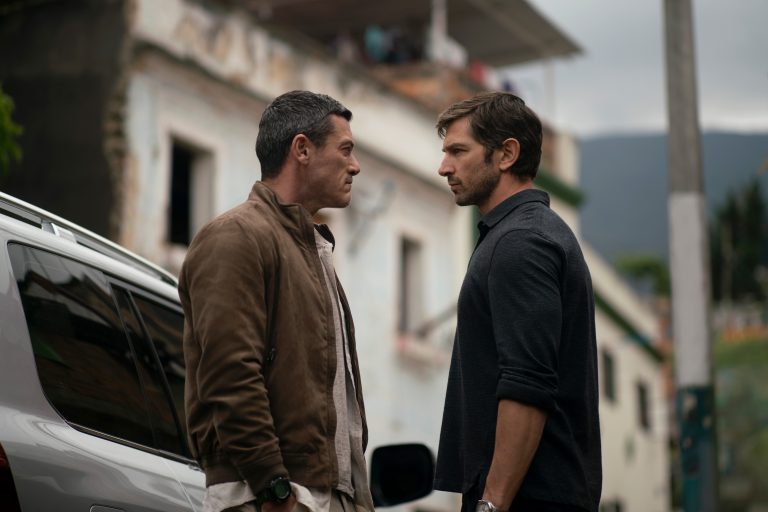
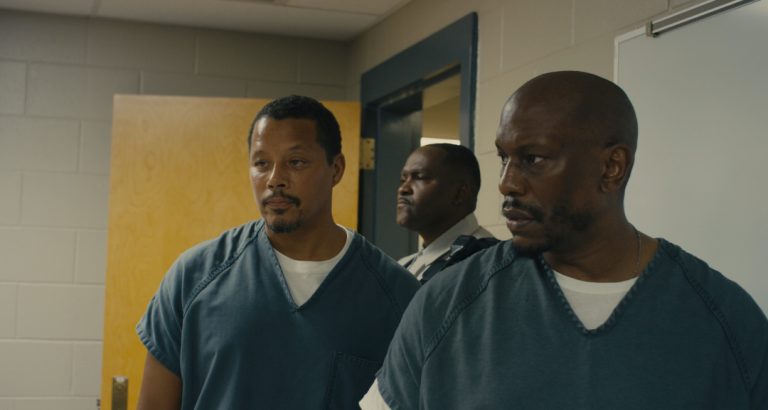
![Wolfwalkers [2020] Review – Unleashing the wild side](https://79468c92.delivery.rocketcdn.me/wp-content/uploads/2020/11/Wolfwalkers-768x433.jpeg)
